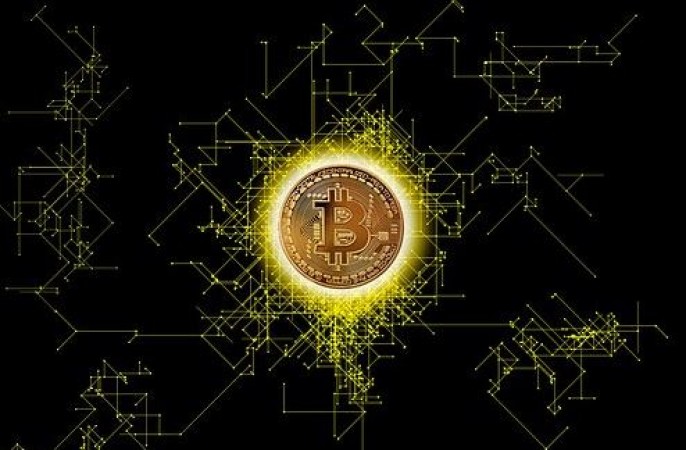
In recent years, the world of art has undergone a radical transformation with the emergence of CryptoArt and NFTs (Non-Fungible Tokens). These innovative technologies have paved the way for artists to create, sell, and own digital artworks in a decentralized manner, leveraging the power of blockchain technology. This article delves into the fascinating world of CryptoArt and NFTs, exploring how they intersect to revolutionize the art industry.
What is CryptoArt?
CryptoArt refers to digital art that is created, bought, and sold using cryptocurrencies and blockchain technology. Unlike traditional art forms, CryptoArt exists solely in the digital realm, transcending physical boundaries. Artists use various digital mediums to create these unique pieces, ranging from digital paintings and illustrations to animated artworks and virtual reality experiences.
The Birth of CryptoArt
CryptoArt's origins can be traced back to the early 2010s, but it gained significant traction around 2017 when blockchain technology, specifically the Ethereum blockchain, enabled the creation of NFTs.
The Role of NFTs
NFTs act as digital certificates of ownership for CryptoArt. They are unique tokens minted on the blockchain, representing ownership and provenance of a particular artwork. This eliminates the problem of duplication and establishes scarcity for digital creations.
The Intersection of Blockchain and Art
Establishing Authenticity and Provenance
One of the most significant advantages of CryptoArt and NFTs is their ability to provide a secure and transparent record of ownership and provenance. Each artwork's history is recorded on the blockchain, ensuring that its authenticity can be verified and traced back to the original creator.
Empowering Artists and Creators
The traditional art market often involves intermediaries like galleries and auction houses, which can limit artists' opportunities and earnings. CryptoArt and NFTs enable artists to directly connect with their audience and sell their digital creations without intermediaries, retaining a more significant portion of the proceeds.
Royalties and Passive Income
Another game-changer for artists is the introduction of smart contracts in NFTs. Artists can embed royalty mechanisms into their NFTs, allowing them to earn a percentage of future sales whenever their artwork is resold, ensuring an ongoing revenue stream.
Inclusivity and Accessibility
The digital nature of CryptoArt and NFTs makes art more accessible to a global audience. Anyone with an internet connection can view, purchase, and own these artworks, democratizing the art world and fostering a sense of inclusivity.
The Challenges and Criticisms
Environmental Impact
The surge in popularity of CryptoArt and NFTs has raised concerns about their environmental impact. The energy-intensive process of minting NFTs on certain blockchains, like Ethereum, contributes to a considerable carbon footprint.
Copyright and Plagiarism
With the proliferation of digital art on the internet, copyright infringement and plagiarism become significant challenges for artists. It is essential to address these issues to protect the rights of creators and maintain the integrity of the CryptoArt ecosystem.
CryptoArt and NFTs have undeniably revolutionized the art industry, bringing about novel opportunities and challenges. These technologies empower artists, establish authenticity, and foster inclusivity while introducing environmental and copyright concerns. As the world continues to embrace the intersection of blockchain and art, it is crucial for stakeholders to work together to ensure a sustainable and thriving CryptoArt landscape.
Biometric Authentication: Enhancing Security and User Experience
Brain-Computer Interfaces: The Future of Human-Computer Interaction
Augmented Reality in Healthcare: Transforming Medical Practices